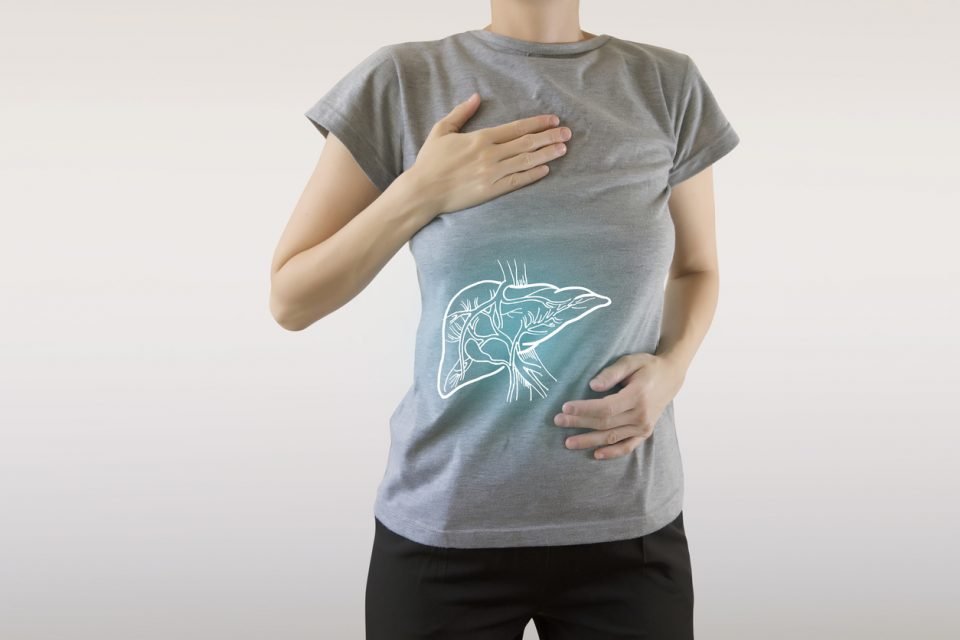
PLEASE NOTE: This is not just for those who overindulge.
By Alicia Wanek
William James, often referred to as the ‘Father of Psychology,’ once posed the question, “Is life worth living? It all depends on the liver.” While he likely meant it in reference to a person, he could very well have been alluding to the often overlooked but essential organ—the liver. Unfortunately, the liver lacks the publicity and glamor given to other organs, yet it is a remarkable structure that plays a crucial role in maintaining one’s quality of life, particularly when it isn’t functioning properly.
Let’s be honest: when you think of the liver, what comes to mind? Your initial thought was likely its connection to alcoholism. The term cirrhosis is even introduced to elementary students during alcohol awareness campaigns. But how frequently have you encountered discussions around liver disease that aren’t linked to alcohol consumption? Madison Wagner, a Clinical Solutions Specialist at Perspectum, a leader in precision liver imaging, states, “It is often assumed that liver disease is solely due to excessive alcohol, but in reality, it’s more common among individuals who are obese, have metabolic syndrome, or are diabetic.” Approximately 25% of adults in the U.S. suffer from non-alcoholic fatty liver disease (NAFLD), a significant portion of the population. Among those, about 20% (roughly 5% of U.S. adults) have non-alcoholic steatohepatitis (NASH).
A NAFLD diagnosis indicates that a person has excess fat in the liver along with signs of fibro-inflammatory activity, or disease activity for brevity, which can impair its function. If the condition progresses and leads to inflammation and damage to liver cells, the diagnosis changes to NASH. The liver’s importance to the body cannot be overstated; anything affecting its functionality will have significant implications. An article from Medpage by Robin Francis in 2020 evaluated the “best human organs” and declared the liver as “god-tier.” He elaborates:
The liver is remarkable. It metabolizes nearly everything you ingest, regardless of how foolish… because it detoxifies more in a minute than a lifetime’s worth of juice cleanses. The digestive system sends all nutrients to this mega factory that breaks down fat, reserves energy, produces various products including hormones, clotting factors, proteins, and bile. In fact, the total number of functions the liver performs remains largely unknown, although most textbooks estimate it carries out around 500 different tasks.
Thus, it is essential to nurture this “megafactory.” But how?
Maintaining a healthy lifestyle significantly contributes to liver health. Everything you know about sustaining bodily health also applies to your liver. Key practices include managing a healthy weight, consuming a balanced diet, and engaging in regular physical activity. Unsurprisingly, minimizing alcohol consumption has a positive effect as do avoiding illegal drugs. Furthermore, it is crucial to reduce the risk of contracting hepatitis through practices like safe injection use and safe sex, washing hands regularly, and receiving vaccinations for hepatitis A and B to prevent liver disease.
So how can you know if you have NAFLD? Regrettably, liver disease often presents very few symptoms until it’s quite advanced. This is why imaging techniques like Perspectum’s LiverMultiScan, available at select Envision Imaging Centers in the Dallas/Fort Worth area, are essential for obtaining quantitative data about liver health. Wagner explains, “LiverMultiScan is utilized for patients suspected of having NAFLD and/or NASH, providing better staging and risk assessment to inform decisions regarding additional evaluation and management.” If liver health concerns are indicated through blood tests or ultrasounds, physicians can recommend this procedure as an adjunct to other imaging or as a standalone exam, delivering measurable results concerning the organ and the level of fibro-inflammatory activity.
What happens if your doctor recommends a LiverMultiScan at Envision and you find out you belong to that 25% of the population affected by NAFLD? One of the most remarkable aspects of the liver is its ability to heal itself. With lifestyle changes and appropriate medical interventions, a damaged liver can regenerate, much like how your skin mends. Francis’s article emphasizes, “You can donate up to 70% of your liver to someone and that portion will evolve into a complete liver, while yours will regrow into a full liver within a month or two.” The liver has the capability to create new cells to replace damaged tissue, although complete regeneration is not possible if there is extensive scarring or if regeneration is hindered by a virus or alcohol. According to Wagner, “The liver is extraordinarily resilient. If you recognize potential NAFLD early and adhere to your clinician’s treatment recommendations, it can restore its health.” Physicians can always order a follow-up LiverMultiScan to monitor treatment progress and assess how the liver is healing.
As the holiday season approaches and festivities commence, it’s prudent to consider the health of your liver—not just by moderating your alcohol intake, but also by making informed lifestyle choices. Take good care of your liver, and it will, in turn, take care of you. Making wise choices from the start is always preferable, even if this organ could grant you a “do-over.”






